
Explore What's Trending Today
Latest Salesforce + AI news

n8n for Format AI Outputs & Create Salesforce Records (Part 4)
In Part 4 of our n8n series, we take AI output and turn it into real Salesforce records—by formatting JSON with a Code Node and looping it into the Salesforce Node for automatic record creation.
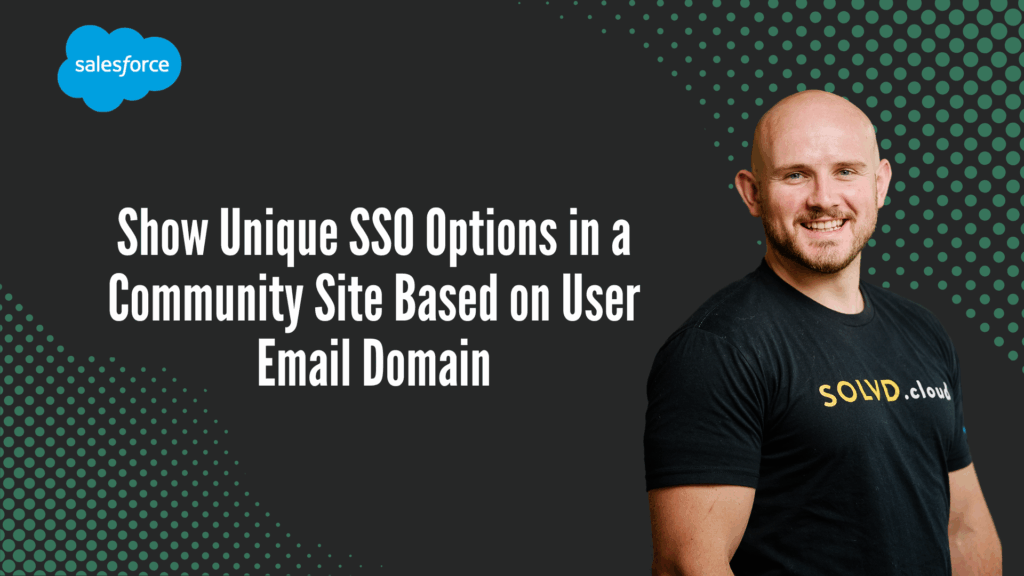
Show Unique SSO Options in a Community Site Based on User Email Domain
Need different login options for different users in your Salesforce community? This LWC checks the email as you type, hides password fields, and reveals SSO options only when appropriate—no duplicate pages or complex config needed.
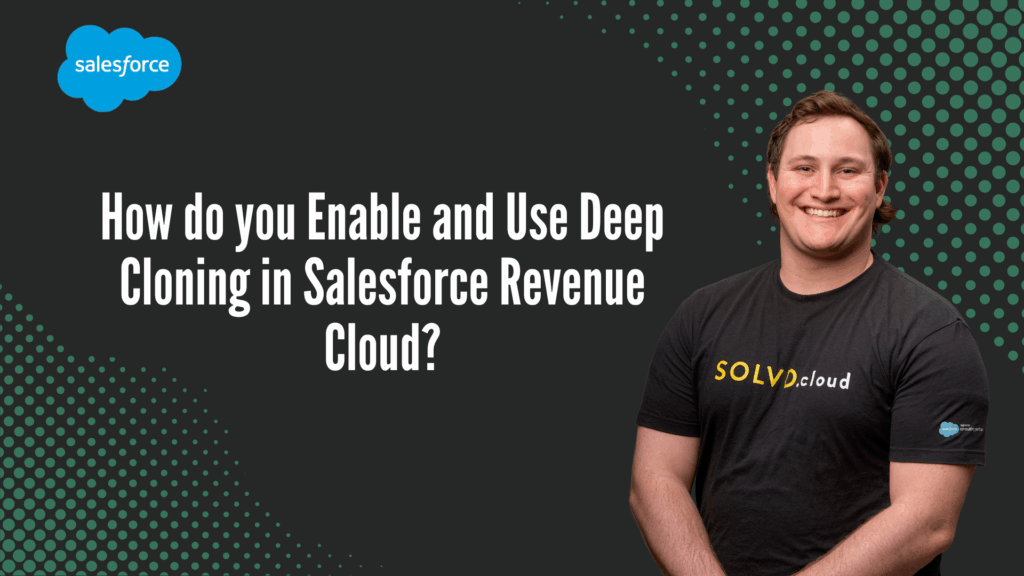
How do you Enable and Use Deep Cloning in Salesforce Revenue Cloud?
Stop rebuilding quotes from scratch! With Deep Cloning in Salesforce Revenue Cloud, you can duplicate quotes, quote lines, and related records in one click. Connor Sandstrom from SOLVD shows you how to enable and use it.
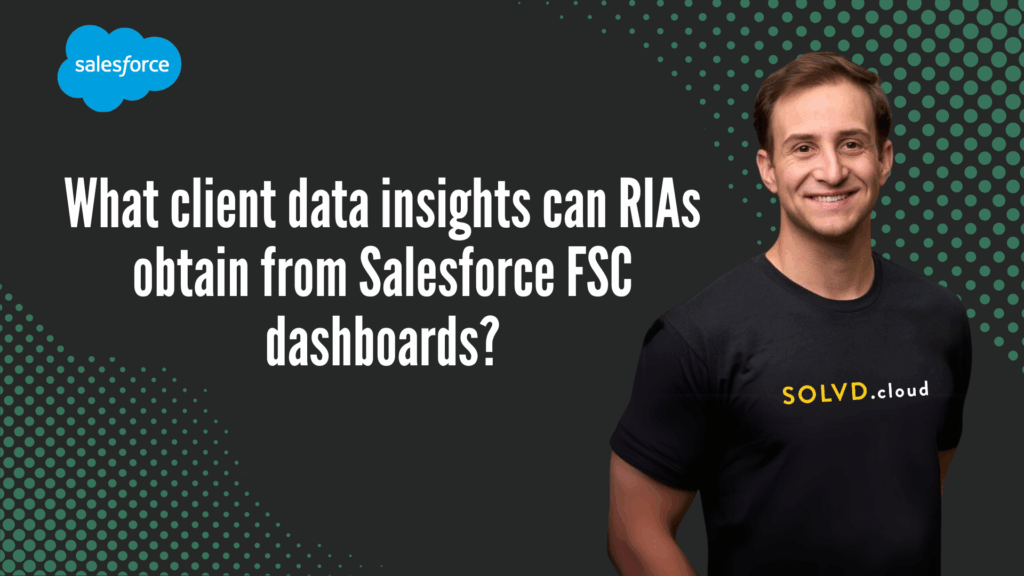
What client data insights can RIAs obtain from Salesforce FSC dashboards?
RIAs using Salesforce FSC dashboards gain visibility into every relationship, engagement, and compliance touchpoint. Miles Blake from SOLVD shows how these dashboards turn client data into smarter, more personalized decisions.
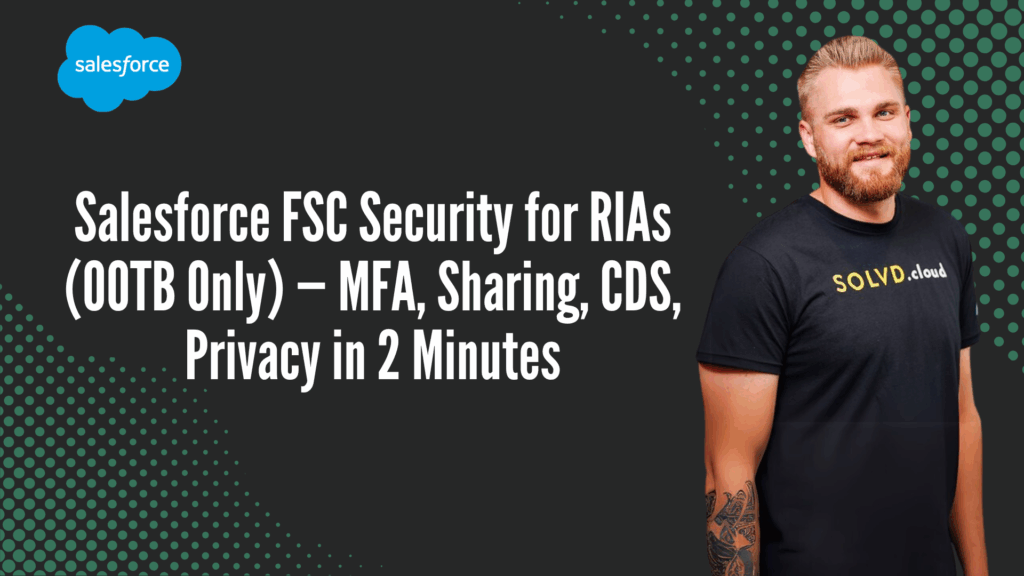
Salesforce FSC Security for RIAs (OOTB Only) — MFA, Sharing, CDS, Privacy in 2 Minutes
How secure is Salesforce Financial Services Cloud for RIAs? Kaydon Morgan from SOLVD breaks down FSC’s defense-in-depth strategy—multi-factor authentication, compliant data sharing, privacy tracking, and audit controls, all included out of the box.
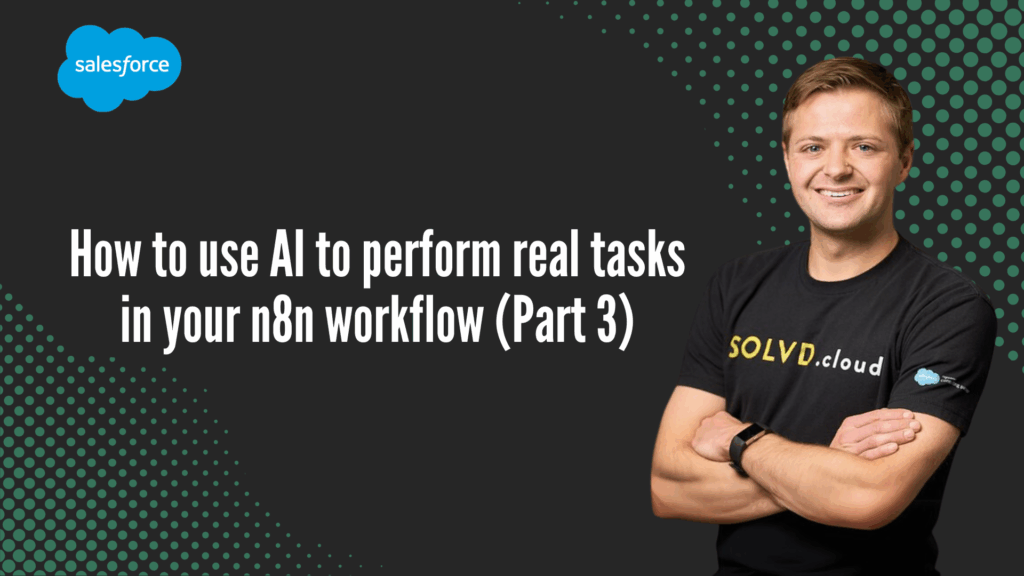
How to use AI to perform real tasks in your n8n workflow (Part 3)
In Part 3, Ben from SOLVD shows how to connect n8n to OpenAI Assistants so your workflow can actually perform tasks—from aggregating PDF data to preparing JSON for Salesforce automation.
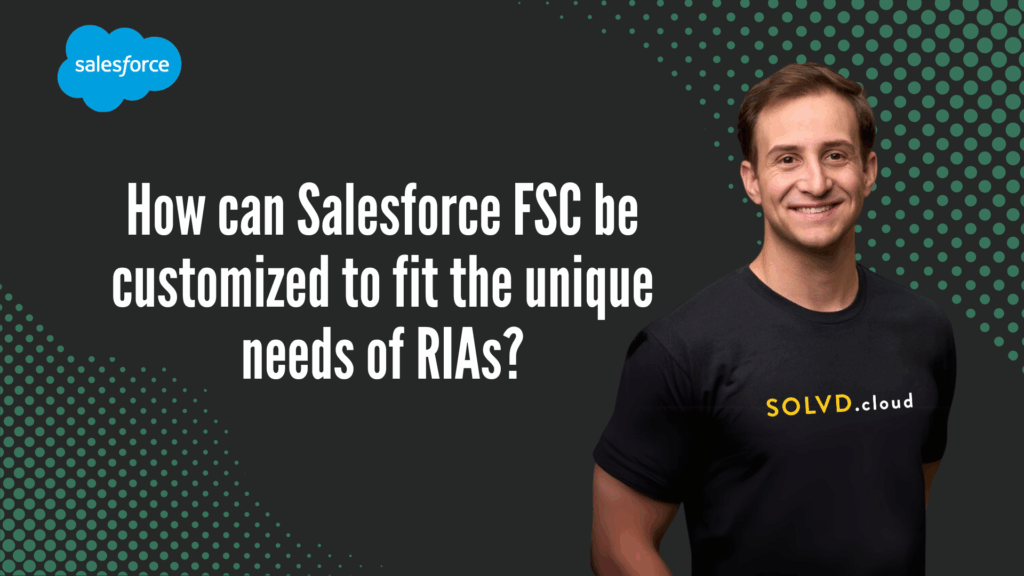
How can Salesforce FSC be customized to fit the unique needs of RIAs?
Every RIA firm runs differently. With Salesforce FSC, you can customize data models, dashboards, and automations to fit your advisory model—and scale smarter.

Salesforce CPQ Quote Calculation Order Explained Step by Step Visual Guide
Confused about when Salesforce CPQ runs your price rules? Learn the order of operations—from On Initialization to After Calculate—and why some rules need a second pass to get the right totals.

n8n for File Upload – Extracting PDF Data (Part 2)
In Part 2 of our n8n series, Ben from SOLVD shows how to extract text, tables, and structured data from PDFs—turning uploads into usable JSON outputs you can automate.

How do successful RIAs scale their practice using Salesforce FSC?
More clients, more complexity—but RIAs using Salesforce FSC scale smarter. Miles Blake from SOLVD shows how unified data, action plans, and client portals help firms grow without losing the personal touch.

How to Split a Quote into Multiple Orders in Salesforce Revenue Cloud
Tired of creating orders manually for each quote segment? With Advanced Order Creation, Salesforce now lets you automatically split quotes into multiple orders based on end dates or groups.

How to Set Up Ramp Deals in RCA Winter ’26
Managing complex, multi-year deals in Salesforce? The new Group Ramping feature in Revenue Cloud lets you apply uplifts and discounts at the group level—simplifying setup and boosting accuracy.




